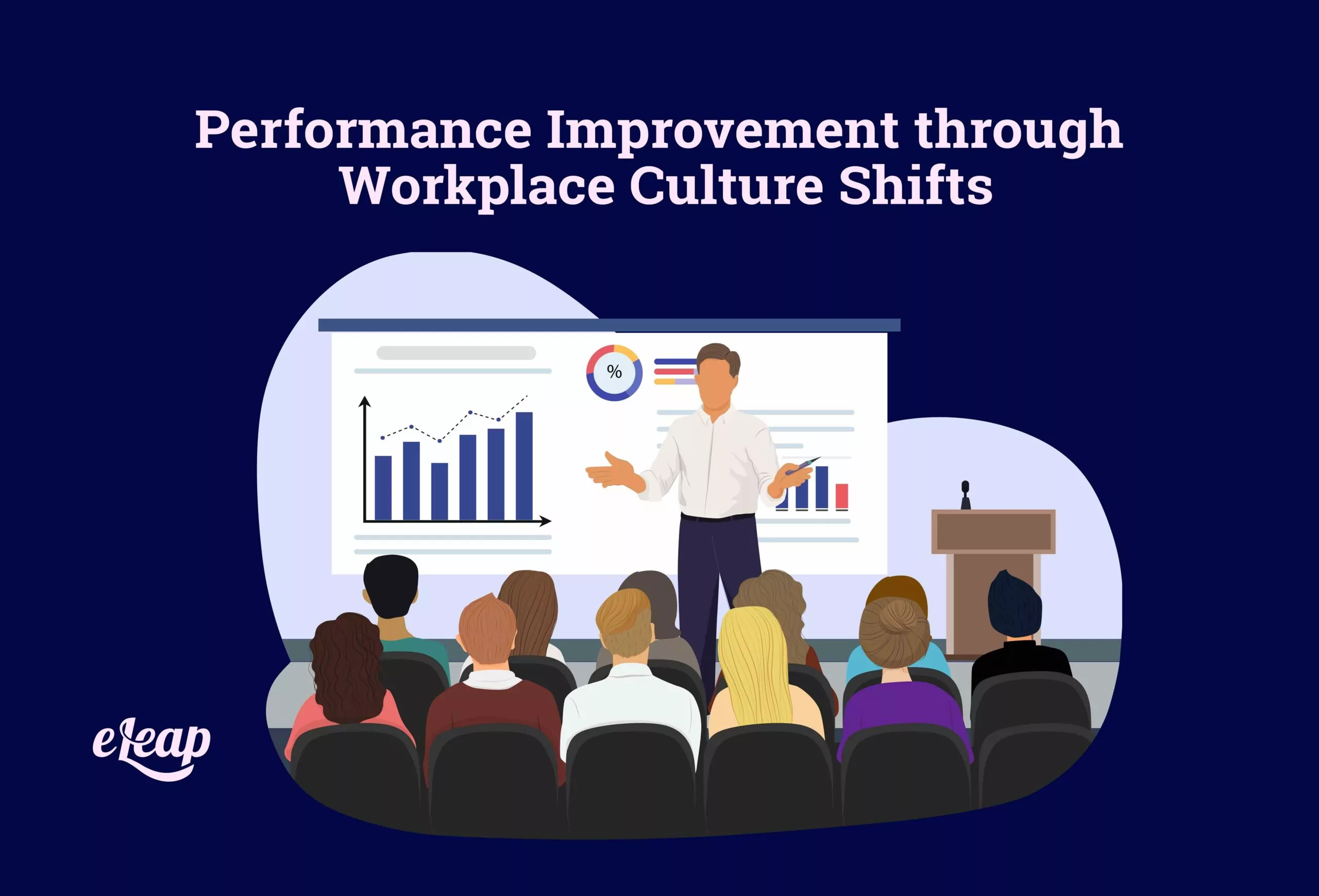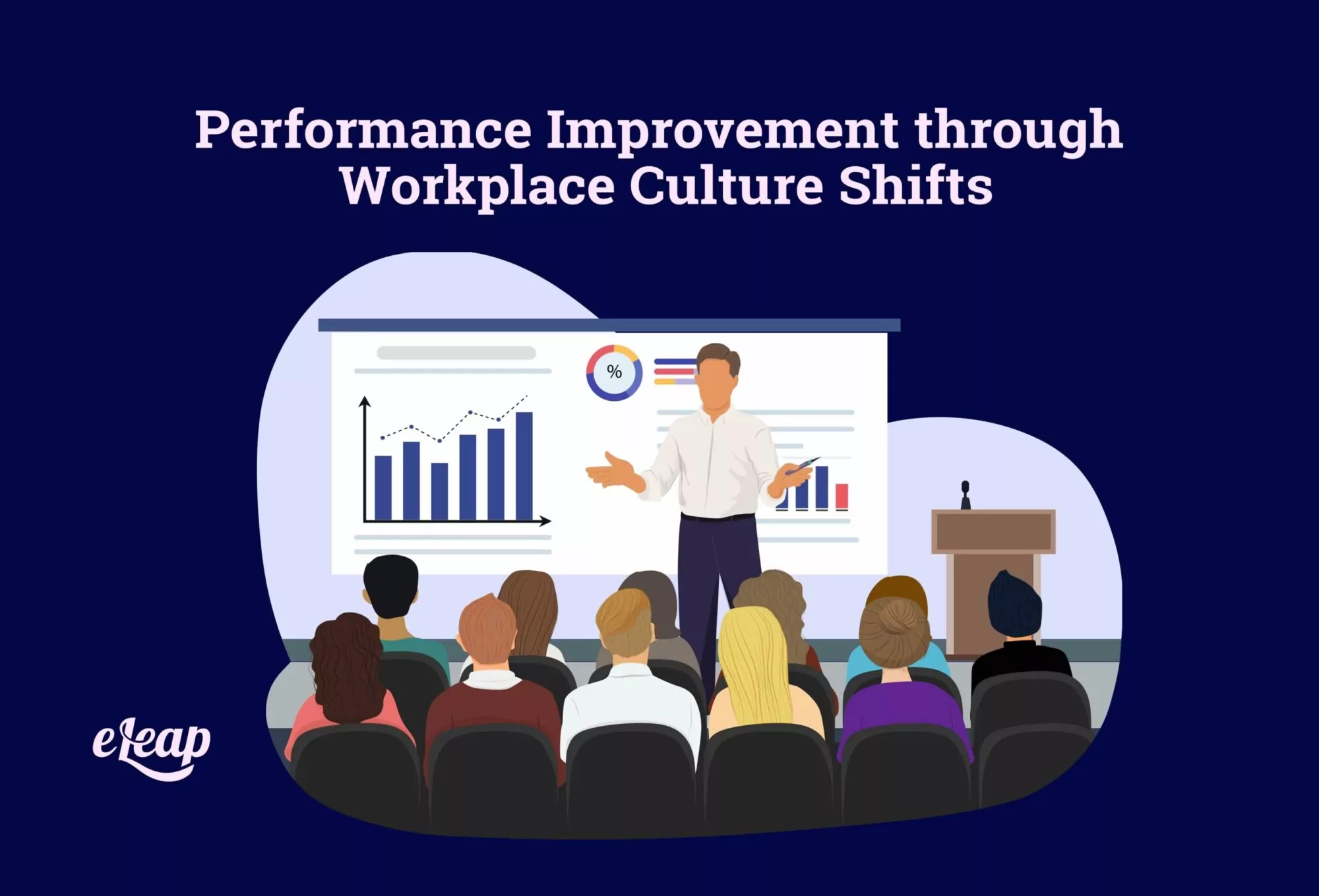Performance Improvement through Workplace Culture Shifts

The Great Resignation is causing many organizations to rethink their workplace cultures. After all, the majority of employees leaving jobs cited this as one of the main reasons for their departure. Culture is becoming increasingly important to people and thanks to the pandemic proving that remote work is feasible and perhaps even more effective, employers no longer have the choice to pretend like they can’t possibly deliver a tailored, people-first culture.
At the same time, companies are looking to implement new performance improvement initiatives as the old methods become less effective. That is leading to an entirely new opportunity for organizations to improve employee performance by revisiting, revamping, and rethinking their workplace culture.

What Employees Want
Today’s employees want appreciation. They want engagement. They want to feel valued and appreciated, not just to be another number on your payroll. Fostering a healthy culture that offers all this and more can provide companies with the ultimate advantage over their competition. Unfortunately, some leaders don’t believe they can shift the organization effectively or sustainably, so some don’t even try.
Effort is something that employees also want—nay, demand—from organizations today. They want to know that you’re putting in just as much as they are and that you are held to the same benchmarks and standards. Long gone are the days of leadership that were virtually untouchable and managers who could preach without practicing with no push back or expectation for their improvement, learning, or growth.
Now, employees want leaders that are just as engaged and excited about growth and development as they are. They want a culture where it’s encouraged for everyone to learn, grow, and help create a more cohesive organization overall.
Types of Cultures Today’s Candidates Want
There are several different types of employee cultures that have been seen over the years, and some have been more successful than others. To improve performance, you have to make sure that you give people the culture that suits their needs. Depending on your organization, its industry, goals, and other factors, you may have the option to create a culture with several different dynamic elements that play a part.
And before we dig into the different options, here’s a helpful hint: studies have shown that if as little as 10% of the workforce models a new culture, it will be followed by the majority. Although experience might show that you need just a little more adoption than that, you should see a quicker adoption if you can get even a fraction of your workforce on board.
- Performance culture: This is often the only option some organizations see when they think of improving their culture to improve performance. You can go right to the source, of course, and if you adopt a performance culture, you’ll see improvement across the board. However, it doesn’t have to be that obvious.
- Learning culture: Many employees today want to be part of a learning culture that embraces education and development in their role and the organization in general. Learning cultures help everyone feel like they’re growing and developing for the greater good of the organization.
- Collaborative culture: This is becoming more common across all types of organizations as employees demand a more teamwork-focused culture that makes them a part of something, not just employee number 123. Collaborative cultures also tie in with learning and creativity, because these elements can be better exploited by teams than individuals.
- Creative/Innovative culture: Of course, you’ll also want to consider adding innovation and creativity to your list of characteristics that you desire from your team. Having a culture that invites innovation and creativity could help your organization get ahead of the competition and embrace the future of performance improvement even more easily.
Patience and Strategy
Developing a strong culture that reflects the demands, views, and values of your organization as well as its employees isn’t going to happen overnight. It does take patience and a lot of learning to understand how to get from where you are to where you want to be. If you have a clear strategy and a selection of leadership that is ready to lead the culture change, it will be much more efficient and often take far less time.
While you’re being patient, the culture is shifting, and people are starting to notice. As a result, they’re performing better, more motivated at work, and even starting to reach for more learning and development to help them continue to grow and flourish. It’s not hard to create winning performance today—employees are open to the shift and if you give them the environment that they need, they will return the favor by embracing the culture offered and leading performance improvement initiatives that can help the entire organization perform better.
Culture Shifts Can Enhance Digital Transformation, Too
Culture isn’t just tied to performance. It’s also tied to digital transformation. Organizations will not be able to harness the potential of their digital transformation without changing and supporting changes in the behaviors, beliefs, and culture of the people within. Companies that have a dedicated focus on culture have shown to be as much as five times more likely to blow their digital transformation goals out of the water.
No matter what stage of the transformation and performance improvement process you’re in, the culture shift that is necessary for any organization that wants to thrive today will rear its ugly head time and again until it is addressed. You cannot wait until the digital transformation is complete or until the new initiatives are in order—culture shifts are ongoing, and you need to teach your team how to ride the waves.
That will be the true benchmark for the success of your performance improvement strategies and your workplace culture shift. Can people keep up with the constantly changing, agile, and flexible world of business today? Does your culture support helping people develop the skills to do so, while also helping them develop as professionals? If not, it might be time for a shift.